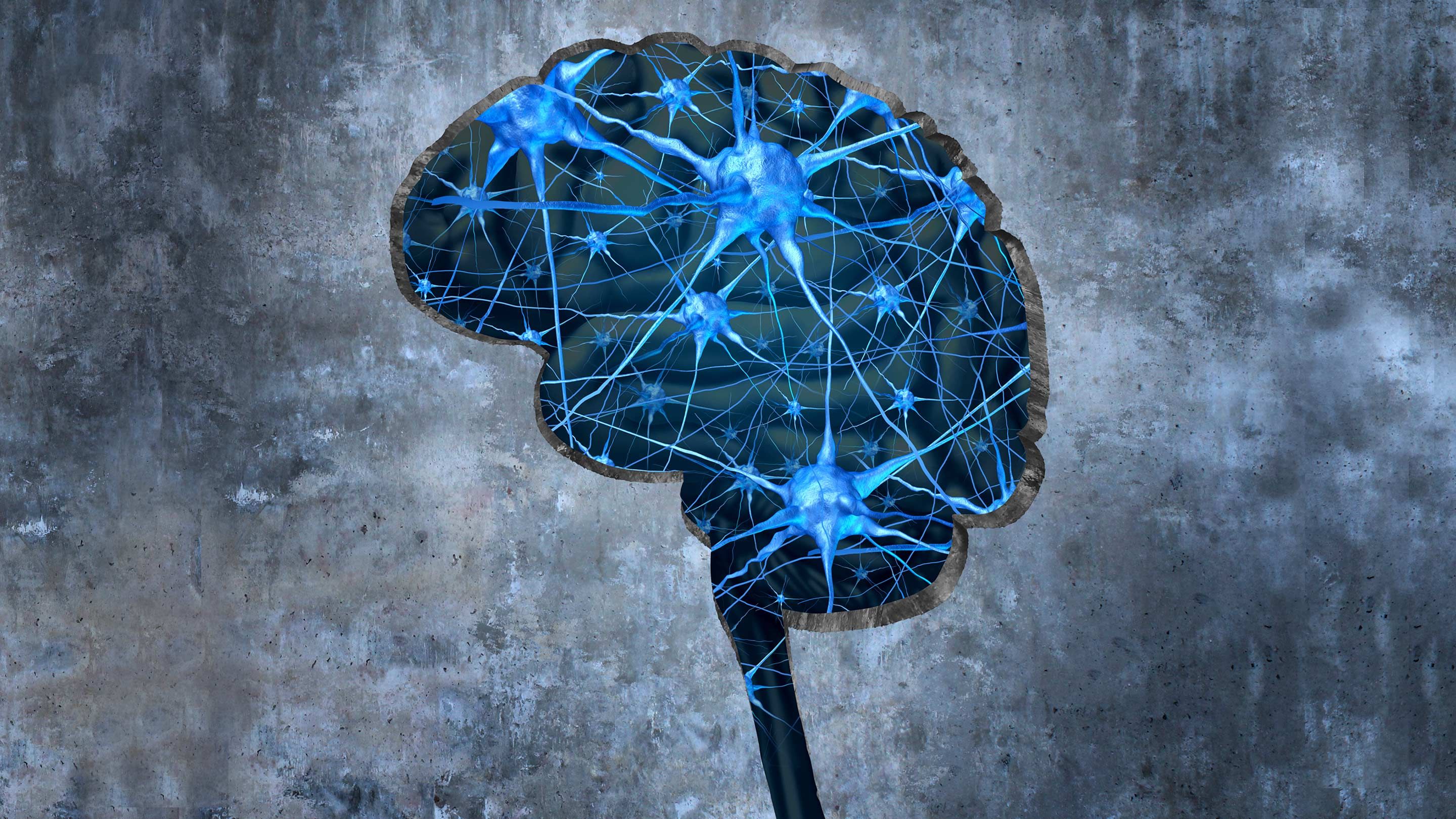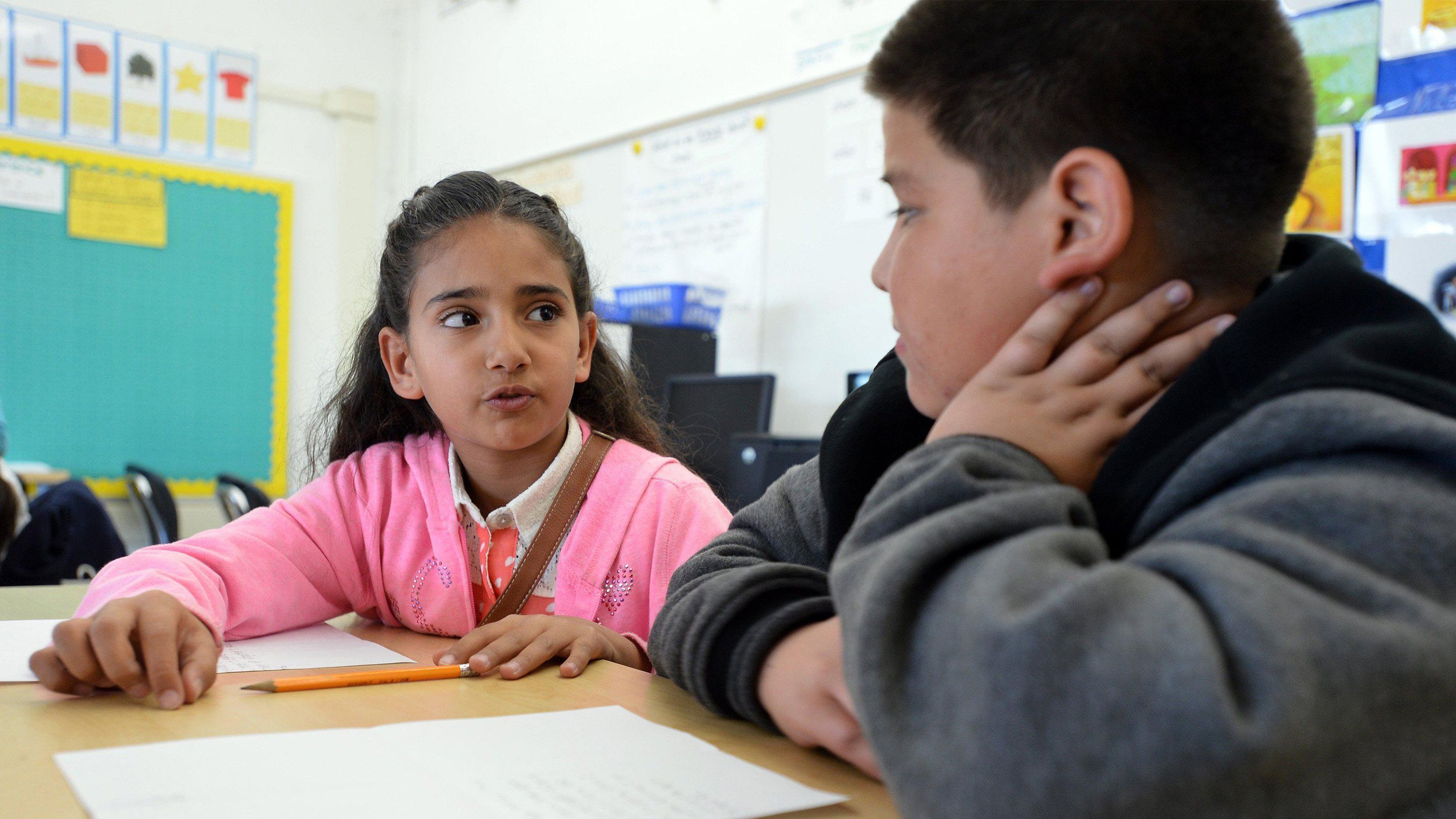


Education Lane
October 2022 | Cathleen Weber PhD
Why Students Forget...And What We Can Do About It
We often think of memories as books in a library, filed away and accessed when needed. Psychologist Hermann Ebbinghaus observed what he called the forgetting curve, a measure of how much we forget over time. In his experiments, he discovered that without any reinforcement or connections to prior knowledge, information is quickly forgotten - roughly 56 percent in one hour, 66 percent after a day, and 75 percent after six days.
What can educators do to combat natural forgetfulness in material that has been covered in class?
- Peer-to-peer explanations: When students explain what they've learned to peers, fading memories are reactivated, strengthened, and consolidated. This strategy not only increases retention but also encourages active learning.
- The spacing effect: Instead of covering a topic and then moving on, revisit key ideas throughout the school year. Research shows that students perform better academically when given multiple opportunities to review learned material.
- Frequent practice tests: Just like regularly reviewing material, giving frequent practice tests can boost long-term retention and, as a bonus, help protect against stress, which often impairs memory performance. Practice tests can be ungraded such as a quick pop quiz at the start of a lesson or a trivia quiz on Kahoot! Breaking down one large high-stakes test into smaller tests over several months is an effective approach.
- Interleave concepts: Instead of grouping similar problems together, mix them up. Solving problems involves identifying the correct strategy to use and then executing the strategy. When similar problems are grouped together, students don't have to think about what strategies to use - they automatically apply the same solution over and over. Interleaving forces students to think on their feet and encodes learning more deeply.
- Combine text with images: It's often easier to remember information that's been presented in different ways, especially if visual aids can help organize information. For example, pairing a list of countries occupied by German forces during World War II with a map of German military expansion can reinforce that lesson. It's easier to remember what's been read and seen, instead of either one alone.
The above information represents excerpts from the following article - a great read!
Encourage Math Thinkers with Math Talks
Our math standards inspire us to teach students how to construct viable arguments and critique others' reasoning. Math talks are a useful tool to encourage critical thinking.
- Encourage rough draft math thinking - Have your students share and comment on each other's rough draft solutions to a problem, revise their work based on peer feedback, and then explain how and why their thinking evolved.
- Highlight the value of each student's work - When students have the opportunity to think about how and why their thinking changed, it allows teachers to call attention to the value of each student's draft and encourage class thinking. Students will realize their ideas can help classmates grow their thinking.
- Small Group Conversations - Small group settings can be helpful for solving word problems. When teachers gently guide the discussion - "Tell me why you believe that or let's think about this" - students can deepen their math thinking.
- Model Math Talk - Kids need help learning how to engage in productive math conversations. Sentences like - This makes sense to me because....can help students grasp a mathematical concept.
Can You Solve This Riddle?
You need me, but sometimes you struggle to receive me.
Good leaders excel when they give me to someone.
Great leaders don't forget the value of receiving me.











